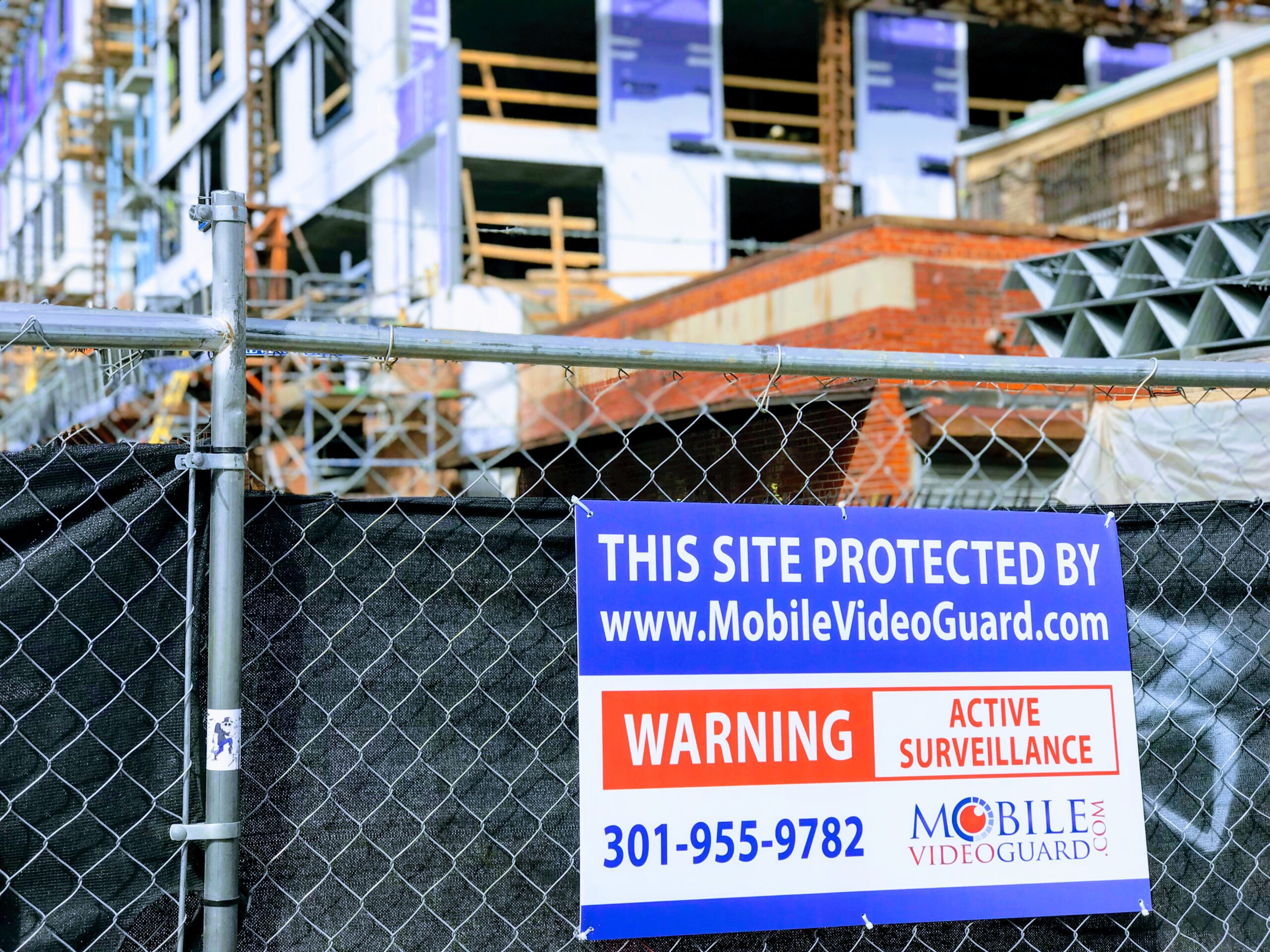False alarms can be a frustrating and costly issue for both individuals and businesses. Whether it’s a home security system that constantly triggers without cause, or a commercial alarm that disrupts the peace in a bustling office building, false alarms can have serious consequences. From unnecessary panic and anxiety to wasted resources and financial burden, it’s important to address this issue head-on. In this ultimate guide, we will explore the key factors behind false alarms and provide actionable strategies to reduce their occurrence.
Key Takeaways
- Understanding the causes of false alarms is crucial in finding effective solutions
- Reducing false alarms helps maintain trust in security systems and prevents unnecessary panic
- Technological advancements, proper maintenance, and behavioral strategies all play a role in minimizing false alarms
- Collaboration with security professionals and proper training and education are key to successful false alarm reduction
Understanding False Alarms
False alarms can disrupt our sense of security and create unnecessary panic. Whether you’re a homeowner or a business owner, it’s important to identify the factors that contribute to false alarms in order to find effective solutions. By understanding the impact of false alarms, you can take proactive measures to reduce their occurrence.
One key aspect to consider is the false alarm rate. According to false alarm reduction research, the average false alarm rate in the United States is around 97%. This means that only 3% of alarm signals are actually genuine threats. By becoming aware of this statistic, you can prioritize false alarm reduction and make informed decisions regarding your security system.
To further enhance your understanding of false alarms, it’s valuable to seek out articles on platforms like Safewise. These resources provide detailed insights into the causes and consequences of false alarms, as well as strategies for reduction. Armed with this knowledge, you can take a proactive approach towards minimizing false alarms and creating a safer environment.
Importance of Reducing False Alarms
The importance of reducing false alarms cannot be overstated. Not only do false alarms cause unnecessary panic and anxiety for individuals and communities, but they also have significant implications for security and emergency response authorities. By decreasing false alarms, these authorities can allocate their resources more effectively, improving their overall response capabilities.
In addition to the psychological and emotional impact, false alarms can also be a financial burden. For homeowners and businesses alike, the cost of false alarms can add up quickly. It’s not just the cost of false alarm fines, but also the expenses associated with wasted police or fire department resources, potential system repairs, and loss of productivity in the case of commercial settings.
By reducing false alarms, you not only create a sense of trust and reliability in your security system, but you also save yourself from the potential financial implications. The goal is to provide a safe and secure environment without the unnecessary disruptions caused by false alarms.
Common Causes of False Alarms
Understanding the common causes of false alarms can help you address the issue more effectively. Faulty equipment and improper installations are among the top culprits of false alarms. It’s important to ensure that your alarm system is installed correctly and that all components are in good working order.
Human error is another significant factor. Accidental activation or failure to properly disarm a security system can easily lead to false alarms. It’s crucial to educate users about proper alarm system operation and maintenance to avoid these types of errors.
Environmental factors also play a role in false alarms. Pets, weather conditions, and environmental sensors can often trigger false alarms. It’s important to take these factors into consideration when setting up and configuring your security system.
Lastly, lack of regular maintenance and system updates can contribute to false alarm occurrences. It’s essential to perform routine inspections, tests, and necessary upgrades to ensure the proper functionality of your security equipment.
Technology Solutions to Reduce False Alarms
Advances in technology offer innovative solutions to minimize false alarms. Home security systems equipped with smart sensors and detectors can now distinguish between genuine threats and false triggers. These systems use advanced algorithms to analyze the data collected from various sensors, ensuring more accurate alarm activation.
Video verification and remote monitoring systems are also valuable tools in reducing false alarms. By integrating video surveillance with alarm verification, security personnel can visually confirm the presence of a threat before dispatching emergency resources. This not only helps reduce false alarms but also improves the overall efficiency of the response.
Artificial intelligence (AI) algorithms are another technology solution to consider. These algorithms can analyze patterns and data to reduce false alarms caused by human error. By learning from historical alarm data and user behavior, AI algorithms can improve the accuracy of alarm activation’s and minimize false alarms.
With the advancements in home security system technology, it’s important to stay informed about the latest electronic security expertise. This knowledge will help you make informed decisions about the technology solutions that are most suitable for your specific needs.
Behavioral Strategies for Reducing False Alarms
While technology provides valuable tools in reducing false alarms, behavioral strategies also play a significant role. Educating users about proper alarm system operation and maintenance is crucial. Many false alarms are caused by simple mistakes or lack of knowledge about the system. By providing clear instructions and user-friendly interfaces, you can minimize user-related false alarms.
Encouraging responsible behavior is another important aspect of reducing false alarms. Users should avoid accidental activation’s, be mindful of their actions, and maintain the integrity of the system. Regularly reviewing and updating security protocols can address behavioral factors that contribute to false alarms.
Implementing immune motion sensors can also help prevent false alarms. These sensors are designed to distinguish between human movement and movement caused by pets or other environmental factors. By using such sensors strategically, you can reduce false alarms without compromising the security of your premises.
Proper Maintenance and Upkeep to Prevent False Alarms
Proper maintenance and upkeep are essential in preventing false alarms. Regular inspection and maintenance of security equipment are necessary to ensure its proper functionality. This includes testing alarms and sensors routinely to identify any issues or malfunctions.
As technology evolves, it’s important to consider upgrading outdated equipment and software. Outdated systems may be more prone to false alarms due to compatibility issues or outdated algorithms. By keeping your security system up to date, you can significantly reduce the occurrence of false alarms.
It’s also recommended to keep a record of maintenance activities and address any issues promptly. By documenting maintenance tasks and potential problems, you can track patterns and address recurring issues more effectively. Timely maintenance and prompt troubleshooting are essential in preventing false alarms and maintaining the reliability of your security system.
Training and Education on False Alarm Reduction
Comprehensive training programs are crucial in reducing false alarms. By empowering users to correctly operate security systems and understand the factors that contribute to false alarms, you can minimize the occurrence of false alarms caused by user error.
These training programs should focus on alarm handling protocols and proper response procedures. Users should be educated about the features and functionality of their alarm system to ensure correct operation. Regular refresher courses and updates on false alarm reduction strategies enhance knowledge and awareness, keeping users informed about the best practices in reducing false alarms.
Many organizations in the security alarm industry offer training and informative tips to help users address false alarms. By taking advantage of these resources, you can acquire the necessary knowledge and skills to prevent false alarms and ensure the effectiveness of your security system.
Collaboration with Security Professionals for False Alarm Reduction
Seeking guidance from security professionals can provide valuable insights into false alarm reduction. These professionals have expertise in the field and can offer customized solutions tailored to your specific environment.
For maximum effectiveness, it’s recommended to work closely with alarm monitoring companies. These companies can ensure effective alarm verification and reduce false alarms by employing specialized procedures and technologies. They can help filter out false triggers and ensure that only genuine threats are responded to.
Collaborating with local law enforcement is also important in reducing false alarms’ impact. By establishing a close relationship with law enforcement agencies, you can enhance coordination and ensure that false alarms are addressed promptly and effectively.
In summary, reducing false alarms is a multifaceted approach that involves understanding the causes, utilizing technology solutions, implementing behavioral strategies, and maintaining your security systems properly. By following this ultimate guide, you will be equipped with the knowledge and strategies necessary to reduce false alarms effectively. Understanding the causes, utilizing technology solutions, implementing behavioral strategies, and maintaining your security systems properly are crucial steps in minimizing false alarms and promoting a safer environment.
Reducing false alarms not only enhances your security system’s effectiveness but also contributes to a sense of trust and reliability in the system. Addressing false alarms proactively protects individuals, communities, and businesses from unnecessary disruptions and ensures that emergency resources can be allocated efficiently.
Frequently Asked Questions About False Alarms
False alarm reduction refers to the efforts made to minimize the occurrence of false alarms in security systems. It involves implementing measures to prevent erroneous alerts that waste resources and cause unnecessary disruptions. By optimizing the system's settings and ensuring proper maintenance, false alarm reduction aims to improve the effectiveness and reliability of security systems.
To prevent false alarms, you can make several changes such as adjusting the sensitivity levels of motion detectors, ensuring proper installation of sensors, regularly updating system software, and educating users on how to operate the system correctly. By implementing these changes, you can significantly reduce the chances of false alarms and enhance the overall efficiency of your security system.
To stop false or nuisance alarms, you can conduct regular maintenance checks on your security system, replace faulty equipment, update technology with advanced features, and train users on the proper use of the system. Additionally, ensuring that your security system meets industry standards and regulations can also help in minimizing false alarms and ensuring reliable operation.
To prevent false fire alarms, you can take several measures such as keeping smoke detectors clean and free from dust, installing detectors in appropriate locations, testing alarms regularly, and training occupants on fire safety protocols. By implementing these preventive measures, you can reduce the occurrence of false fire alarms and enhance the effectiveness of your fire detection system.
Lorem ipsum dolor sit amet, consectetur adipiscing elit. Ut elit tellus, luctus nec ullamcorper mattis, pulvinar dapibus leo.



